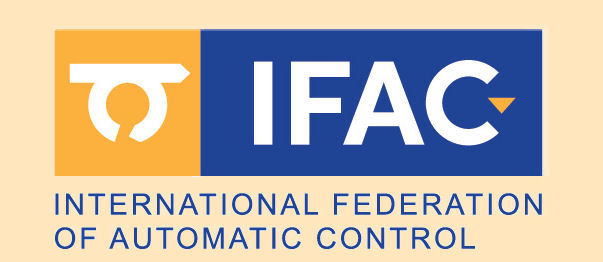| Paper WeCT3.1
Houé, Aurélian (Université Bretagne Sud, Lab-STICC UMR 6285), Frizon de Lamotte, Florent (Université Bretagne Sud, Lab-STICC UMR 6285), Seguin, Cédric (Université Bretagne Sud, Lab-STICC UMR 6285), Julien, Nathalie (Université Bretagne Sud, Lab-STICC UMR 6285), Allègre, Willy (Université Bretagne Sud, Lab-STICC UMR 6285 - Kerpape Rehabilita)
Prototyping Tool Using an Embedded Digital Twin for Assistive Technology Reconfiguration
Scheduled for presentation during the Regular Session "Systems Design and Integration" (WeCT3), Wednesday, July 16, 2025,
16:30−16:50, Room 107
Joint 10th IFAC Symposium on Mechatronic Systems and 14th Symposium on Robotics, July 15-18, 2025, Paris, France
This information is tentative and subject to change. Compiled on July 16, 2025
|


 This site is protected by copyright and trademark laws under US and International law.
This site is protected by copyright and trademark laws under US and International law.